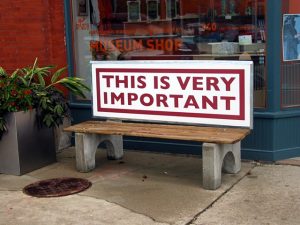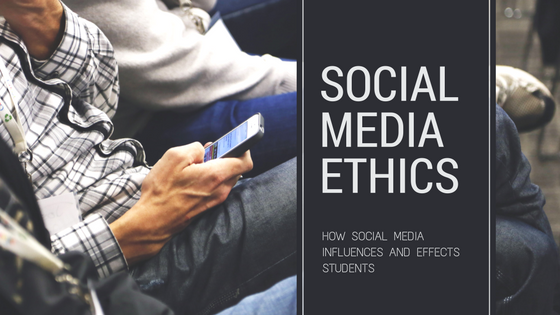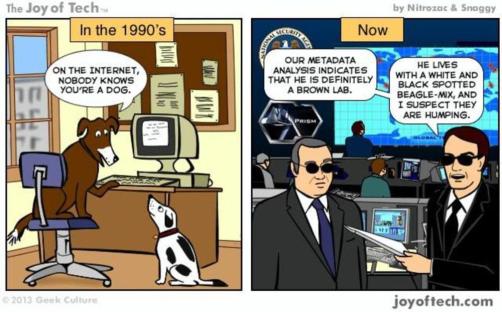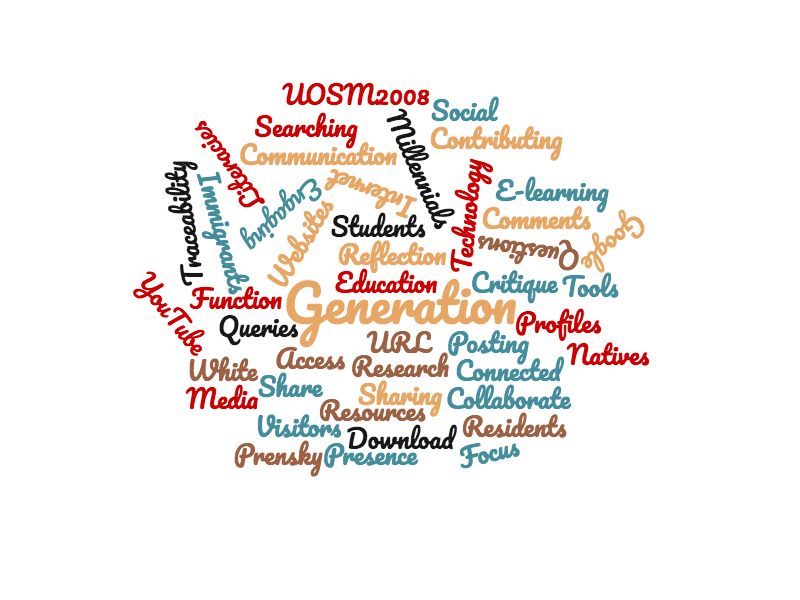
Categorising Blog Posts
Once you’ve written your post, you will need to assign a CATEGORY to it. If you do not, it will not appear on the module blog and no-one will be able to read it...!
BEFORE hitting the 'publish' button...
FIRST: Create and assign the relevant category:
Click on ‘+add new category’
Type the appropriate name (e.g. Intro Topic, Topic 1, Topic 2 etc.
Continue reading →
















